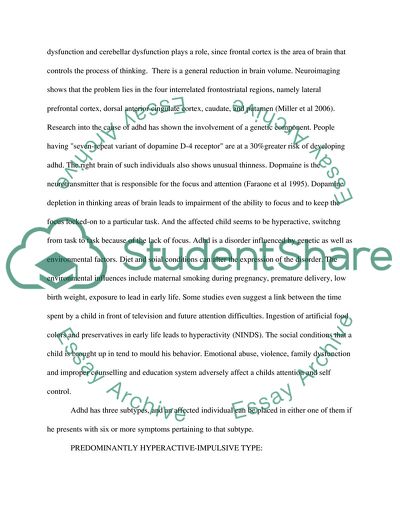Cite this document
(Attention Deficit Hyperactivity Disorder Research Paper, n.d.)
Attention Deficit Hyperactivity Disorder Research Paper. Retrieved from https://studentshare.org/psychology/1733757-adhd-in-the-young-child
Attention Deficit Hyperactivity Disorder Research Paper. Retrieved from https://studentshare.org/psychology/1733757-adhd-in-the-young-child
(Attention Deficit Hyperactivity Disorder Research Paper)
Attention Deficit Hyperactivity Disorder Research Paper. https://studentshare.org/psychology/1733757-adhd-in-the-young-child.
Attention Deficit Hyperactivity Disorder Research Paper. https://studentshare.org/psychology/1733757-adhd-in-the-young-child.
“Attention Deficit Hyperactivity Disorder Research Paper”, n.d. https://studentshare.org/psychology/1733757-adhd-in-the-young-child.


